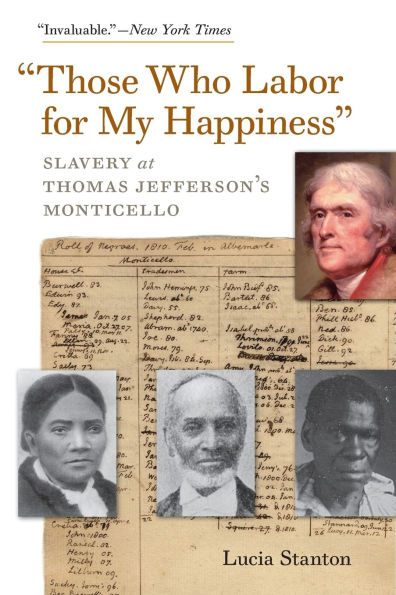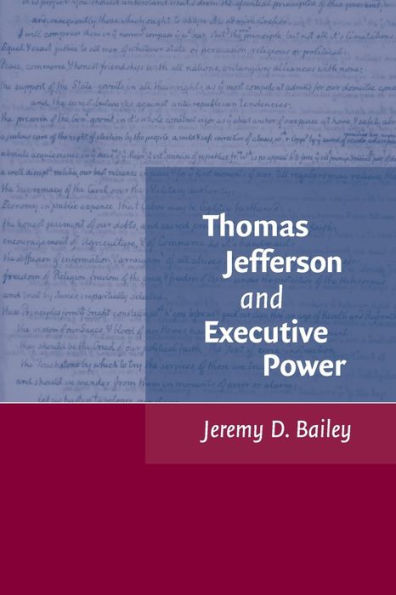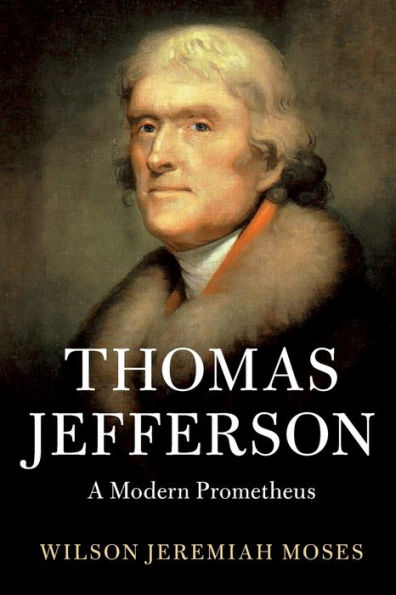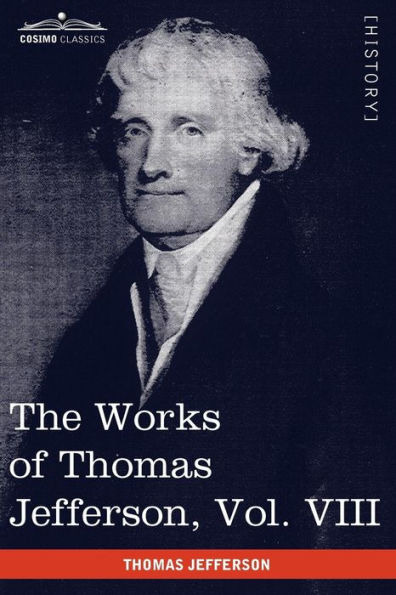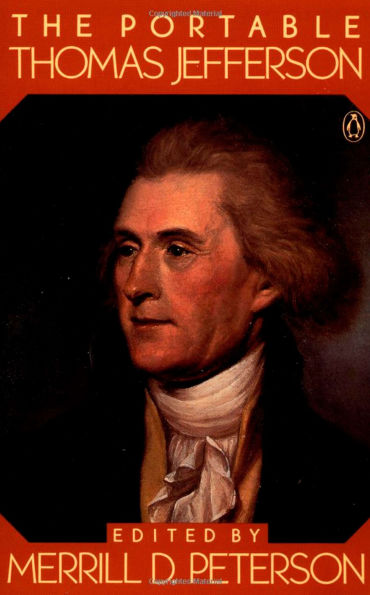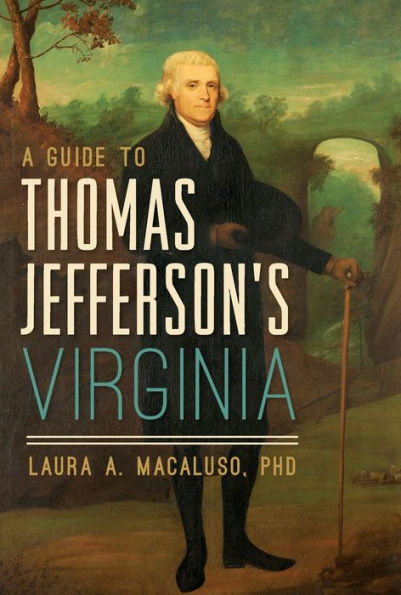Home
Thomas Jefferson and the Fight against Slavery
Barnes and Noble
Thomas Jefferson and the Fight against Slavery
Current price: $54.99
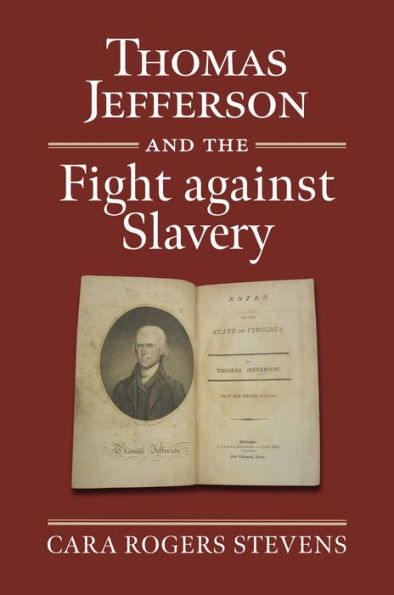

Barnes and Noble
Thomas Jefferson and the Fight against Slavery
Current price: $54.99
Size: Hardcover
*Product information may vary - to confirm product availability, pricing, shipping and return information please contact Barnes and Noble
In this groundbreaking work, Cara Rogers Stevens examines the fascinating life of Thomas Jefferson’s book,
Notes on the State of Virginia
, from its innocuous composition in the early 1780s to its use as a political weapon by both pro- and antislavery forces in the early nineteenth century. Initially written as a brief statistical introduction to Virginia for French readers, Jefferson’s book evolved to become his comprehensive statement on almost all facets of the state’s natural and political realms. As part of an antislavery education strategy, Jefferson also decided to include a treatise on the nature of racial difference, as well as a manifesto on the corrupting power of slavery in a republic and a plan for emancipation and colonization. In consequence, his book—for better or worse—defined the boundaries of future debates over the place of African-descended people in American society.
Although historians have rightly criticized Jefferson for his racism and failure to free his own slaves, his antislavery intentions for the
Notes
have received only cursory notice, partly because the original manuscript was not available for detailed examination until recently.
By analyzing Jefferson’s complex revision process,
Thomas Jefferson and the Fight against Slavery
traces the evolution of Jefferson’s views on race and slavery as he considered how best to persuade younger slaveholders to embrace emancipation. Rogers Stevens then moves beyond Jefferson to examine contemporary responses to the
from white and black intellectuals and politicians, concluding with an attempt by Jefferson’s grandson to implement elements of the
’s emancipation plan during Virginia’s 1831–1832 slavery debates.
Notes on the State of Virginia
, from its innocuous composition in the early 1780s to its use as a political weapon by both pro- and antislavery forces in the early nineteenth century. Initially written as a brief statistical introduction to Virginia for French readers, Jefferson’s book evolved to become his comprehensive statement on almost all facets of the state’s natural and political realms. As part of an antislavery education strategy, Jefferson also decided to include a treatise on the nature of racial difference, as well as a manifesto on the corrupting power of slavery in a republic and a plan for emancipation and colonization. In consequence, his book—for better or worse—defined the boundaries of future debates over the place of African-descended people in American society.
Although historians have rightly criticized Jefferson for his racism and failure to free his own slaves, his antislavery intentions for the
Notes
have received only cursory notice, partly because the original manuscript was not available for detailed examination until recently.
By analyzing Jefferson’s complex revision process,
Thomas Jefferson and the Fight against Slavery
traces the evolution of Jefferson’s views on race and slavery as he considered how best to persuade younger slaveholders to embrace emancipation. Rogers Stevens then moves beyond Jefferson to examine contemporary responses to the
from white and black intellectuals and politicians, concluding with an attempt by Jefferson’s grandson to implement elements of the
’s emancipation plan during Virginia’s 1831–1832 slavery debates.
